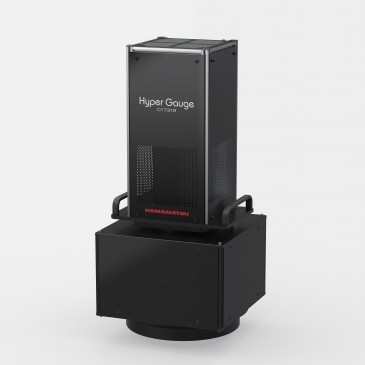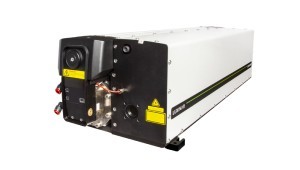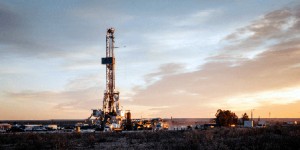
Bridger Photonics' aerial Gas Mapping Lidar has been approved for use as an advanced leak detection and repair monitoring technology by New Mexico's Energy, Minerals and Natural Resourced Department (EMNRD) for its ALARM credit program. With EMNRD's approval, oil and gas operators in New Mexico can now use the advanced methane detection technology to help meet the state's new regulatory requirements regarding methane (natural gas) emissions.
In 2021, EMNRD released new rules aiming to curb methane emissions in New Mexico. The rules require oil and gas operators to reduce unnecessary emissions based on a staged approach, culminating in a gas capture rate of at least 98% by the end of 2026 (i.e. less than 2% of gas produced during extraction is allowed to escape into the atmosphere). Included in the rules is a program that allows operators to use approved Advanced Leak and Repair Monitoring (ALARM) technologies to detect, isolate, and guide repair of leaks. Operators can use the emissions detected by such technologies to earn credits that offset a portion of an operator's total annual volume of lost gas.
Bridger's technology images the methane emissions using laser-based sensors mounted on aircraft. Bridger then provides maps pinpointing and quantifying the emissions to facilitate operators' repair activities. As a division-approved ALARM technology, oil and gas operators can earn a credit of 40% of the volume of natural gas discovered by Gas Mapping LiDAR, verified, and repaired within the rule's specifications.
"We're thrilled that our application was approved," said Bridger CEO, Pete Roos. "The benefit to operators is that Gas Mapping LiDAR is highly efficient and effective at catching emissions. Each of our scans catches more than 90% of emissions in a typical production basin, which means the offset credits will be substantial and makes it easier and faster for operators to achieve the capture rate targets. On top of that, our data products tell operators right where to go to address the issue, which streamlines their operations," Roos added.
Gas Mapping lidar is also positioned to meet the new Environmental Protection Agency proposed rule, so operators may soon be able to use the technology to accomplish both state and federal regulatory requirements at the same time. Operators receive an additional credit benefit from EMNRD if they use the technology no less than once per calendar quarter, which is also consistent with proposed EPA rules.
The operators must notify the EMNRD in advance of using an ALARM technology through a short application. Bridgerprovides a template of this application with the approved technology portion already filled out to make the process simple for operators.
Located in Bozeman, Montana, Bridger Photonics provides aerial methane detection, localization, and quantification across the entire natural gas value chain. Bridger's mission is to enable clean, safe, and streamlined oil and gas operations by providing actionable data for methane emissions reduction. Bridger developed Gas Mapping lidar with funding from the US Department of Energy's advanced research arm, ARPA-E.






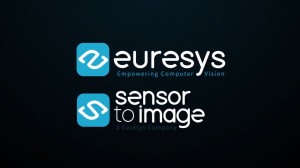
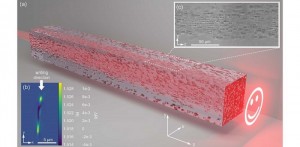
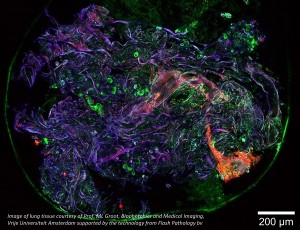

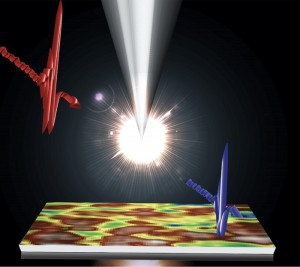

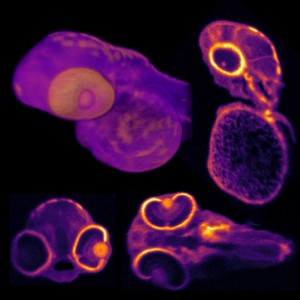
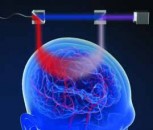

















 Back to News
Back to News